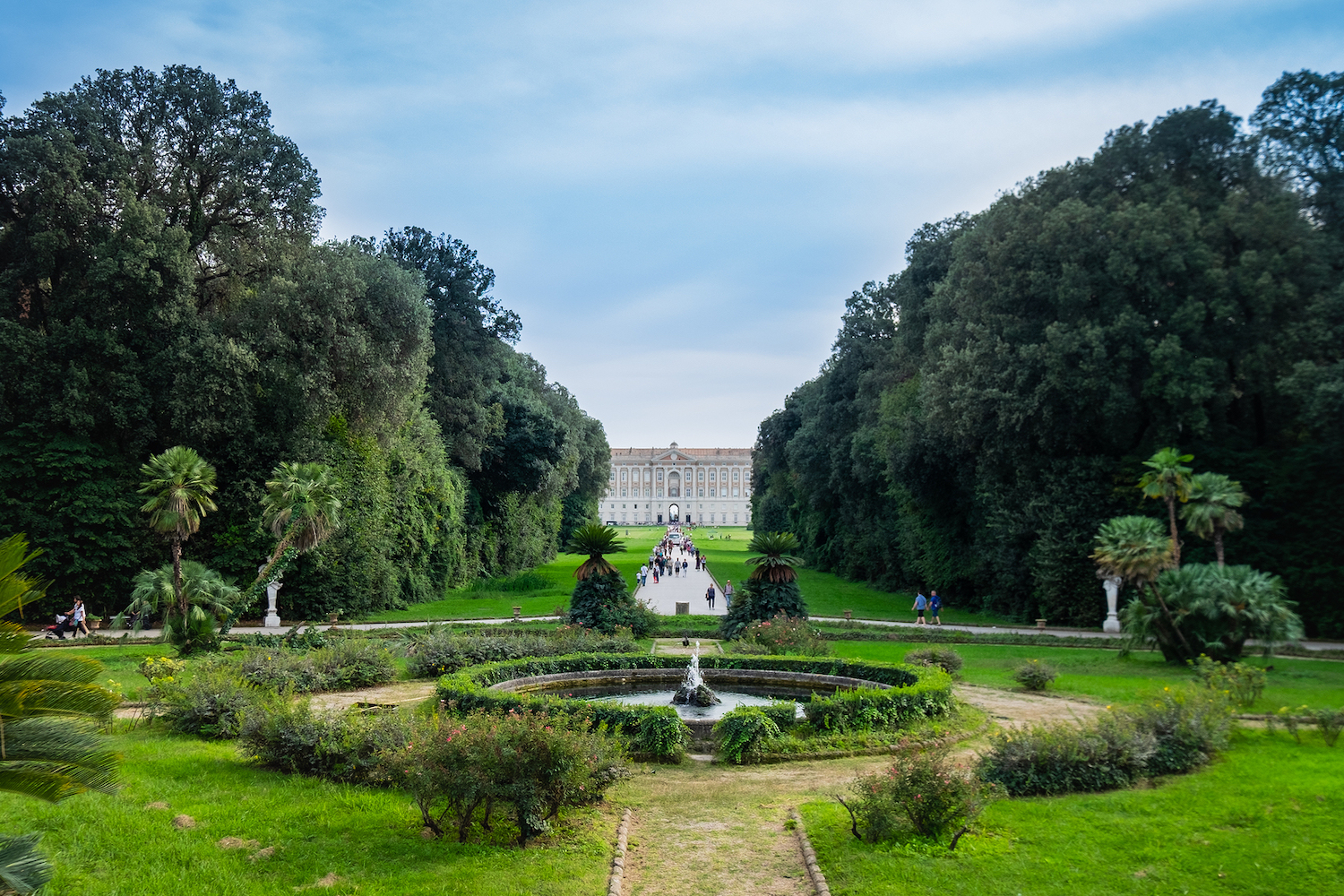One of the best things about traveling in Europe is that the history is tangible. Roots of the current civilizations and prior societies of the continent still remain, hidden at unique sites and standing forth as grand monuments that still remain as testament to days gone by. Many glimpses of the past are preserved at UNESCO’s World Heritage List destinations You can visit a wide range of ancient monuments and archaeological sites to gain some insight into the peoples, cultures and traditions that played an important role in shaping the Europe of today.
Rather than focusing your European adventures on modern beach resorts or the most popular capital cities, why not consider escaping the crowds and visiting one of these less visited and lesser known attractions – some of the best places to explore the ancient side of Europe:
Tarragona & the Archaeological Ensemble of Tarraco, Spain

Tarraco was, without a doubt, one of the ancient world’s greatest achievements. This was the oldest Roman settlement on the Iberian Peninsula. It was established in the 3rd Century BC and quickly became an important frontier city for the Roman empire. The Roman wall was constructed around Tarraco in the 2nd Century BCE. It once ran for a length of around 3,500m, and 1,100m still remain today, bordering Tarragona’s old quarter. There is also the seafront amphitheater, the Praetorium and the Roman Circus to see, amongst the modern city’s many other historic attractions.
Pont du Gard, France


Roman aqueducts are impressive structures wherever they are found, and this example across the Gard River undoubtedly represents the apogee of the technology. This was a masterpiece of architecture and hydraulic engineering of the period. It stands almost 50m high and has three levels, the longest of which is 275m in length. This practical and beautiful structure is still as impressive today as it was almost two Millennia ago. Take a swim down below the structure in summer, enjoy a hike in the beautiful, natural surroundings or simply bob into the modern museum here to learn more about this fascinating ancient structure.
Roman Monuments in Trier, Germany


Trier is one of Germany’s oldest cities. It was founded by the Romans in around the 1st Century AD and became one of the capitals of the Tetrarchy at the end of the 3rd Century. During this period, the city came to be known as the ‘second Rome’. A large collection of grand and well-preserved Roman buildings – one of the largest such collections outside Rome – stands as reminder of the city’s grand history. Come here and you can discover the monuments and attractions of one of the greatest Roman cities ever built.
Archaeological Area & Patriarchal Basilica of Aquileia, Italy


Aquileia was one of the biggest, most important and liveliest hubs of the Roman Empire. Its historic layers are rich and make this place an historical treasure trove. The basilica was founded in 181 BC and destroyed in 452 AD by Attila the Hun. Floor mosaics that date to the beginning of the 4th Century are, perhaps, the most beautiful and enticing feature of this structure. Archaeological delvings here have also brought to light the remains of a Roman forum, basilica, burial ground, house foundations and more. Less well known and less visited than its neighbor, Venice, Aquileia is, nonetheless, a must-see destination for those interested in ancient history.
Stari Grad Plain, Croatia


Stari Grad and the farmland, groves and orchards that surround it are located on the Croatian Island of Hvar. Stari Grad literally means ‘old town’, so it should come as no surprise that there are plenty of historic buildings to see here and that it has a long and interesting history. The town was founded by the ancient Greeks in 384 BC. They knew it at that time as Pharos. Around the town you can still see farmland de-marked as it was in ancient times – this agricultural landscape is little altered since ancient times, and a visit here can allow you to step back in time.
Read more> Avoid the Crowds: Explore Underground Europe with these UNESCO Sites
Sanctuary of Asclepius at Epidaurus, Greece


This stunning ancient attraction could be viewed as the birthplace of modern medicine. This sacred sanctuary was used for the practice of ceremonial medical practices as far back as the 2nd Millennium BC. It made an important contribution to medical knowledge and the advancement of medical techniques, as its temples, sporting facilities, banquet halls and theatre shifted from prayer to scientific endeavour. Here you can discover a unique and remarkably well-preserved Greek sanctuary site, and festival events over the summer months.
Archaeological Site of Olympia, Greece


Olympia is, of course, famous as the birthplace of the Olympic Games – the most important sporting event of the ancient world. Between 776 BC and 393 AD, the games took place here every four years. The site is also famous for its temple to Zeus, which was used from around the 10th Century BC. Walk through the impressive ruins and you will be walking in the footsteps of ancient Olympians, exploring the stadium where they trained and ran, and temples and other buildings where they worshipped and prepared. There is also an interesting museum to explore, and festivals are held here each year.
Ancient City of Nessebar, Bulgaria


Originally a Thracian settlement, Nessebar became a Greek colony at the beginning of the 6th Century BC. While this settlement does still boast the remains of an assortment of buildings from various historic eras, this Black Sea hub’s claim to fame is that the very concept of money was invented here. Ancient traders of the Delian League here forever changed the way we do business and exchange goods and services. This is a wonderful place to learn more about the history of trade, and simply to enjoy history, heritage and culture as you wander the cobble-stone streets and enjoy the impressive array of festivals and events that take place here each year.
These are, of course, just some of the many amazing ancient sites Europe has to offer. So why not get off the beaten track and discover more of them for yourself?








The Archaeological Ensemble of Tárraco in Spain is a captivating journey through time, where ancient ruins whisper stories of civilizations past. Its timeless beauty and historical significance remind us of the rich tapestry of human history. Thank you for sharing this enchanting glimpse into the wonders of Tárraco